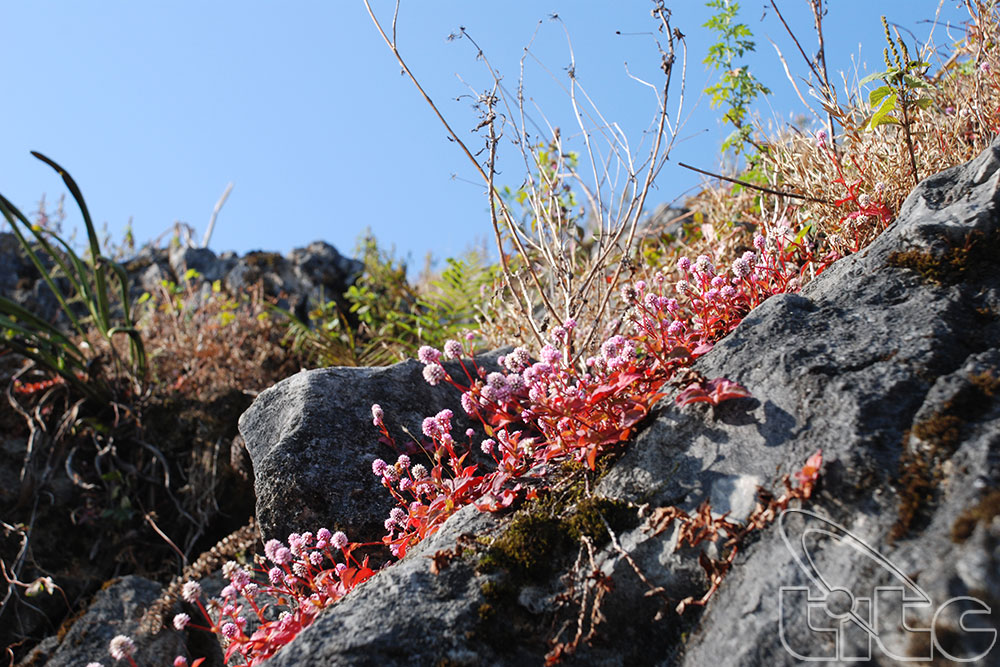The Prime Minister has recently approved a planning project for the Dong Van Karst Plateau, in the northern province of Ha Giang, by 2030.

Under the project, the Dong Van Karst Plateau will be planned to have different zones, specialising in preserving geological heritage; conserving natural landscapes and biological diversity; developing natural resources; producing materials for agriculture, forestry and pharmaceuticals sectors; and developing urban areas and tourist activities.
Among them, in the two zones for preserving geological heritage and conserving natural landscapes, restoration of cultural and historical constructions will be carried out, and ecotourism and homestay will be developed, but such activities must not impose any negative impact on the natural environment.
The project also targets to improve infrastructure, technical system and services in urban areas, as well as set up public space for communal cultural practice for local residents and visitors to the plateau.
Four towns have been selected to be developed into four major tourist centres, including Dong Van town - the centre for culture and history, Meo Vac town - the centre for adventurous activities and border trade, Yen Minh town - the centre for ecotourism and green urban area, and Tam Son town - the centre for entertainment.
With a total natural area of around 232,600 hectares, the Dong Van Karst Plateau spreads over Quan Ba, Yen Minh, Meo Vac and Dong Van.
The plateau, with 80% of its terrain being limestone, was recognised as a member of the Global Network of National Geoparks in 2010, becoming Viet Nam’s first geological park and the second in Southeast Asia.
It hosted a population of approximately 283,000 people in 2010, the figure is predicted to reach 325,000 by 2020, and up to 375,000 by 2030.
The site welcomed 600,000 visitors in 2014, and is expected to receive 800,000 visitors annually by 2020 and up to 1.1 million by 2030.